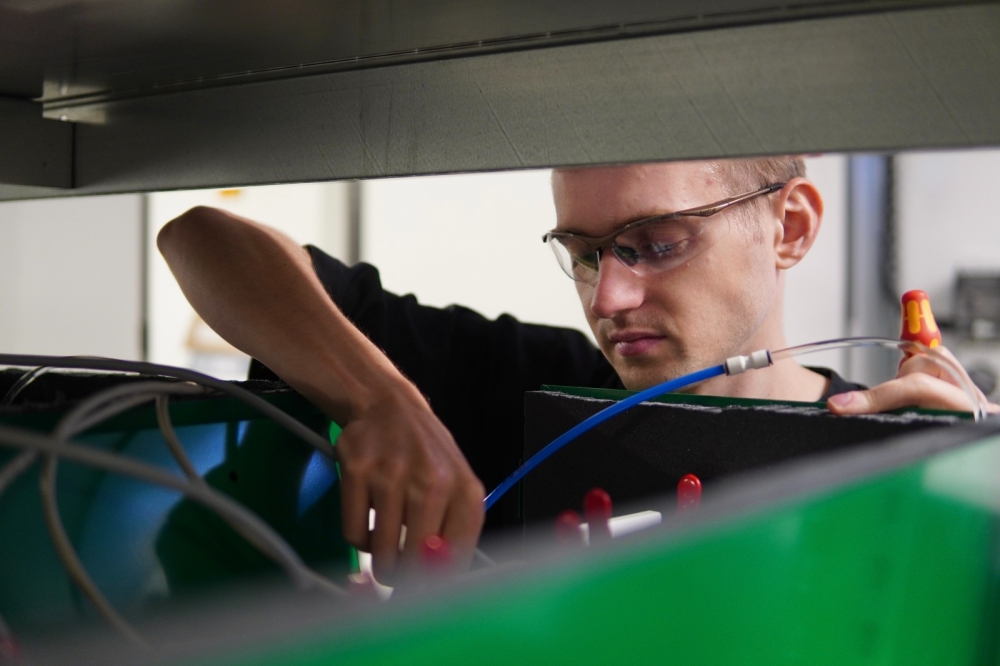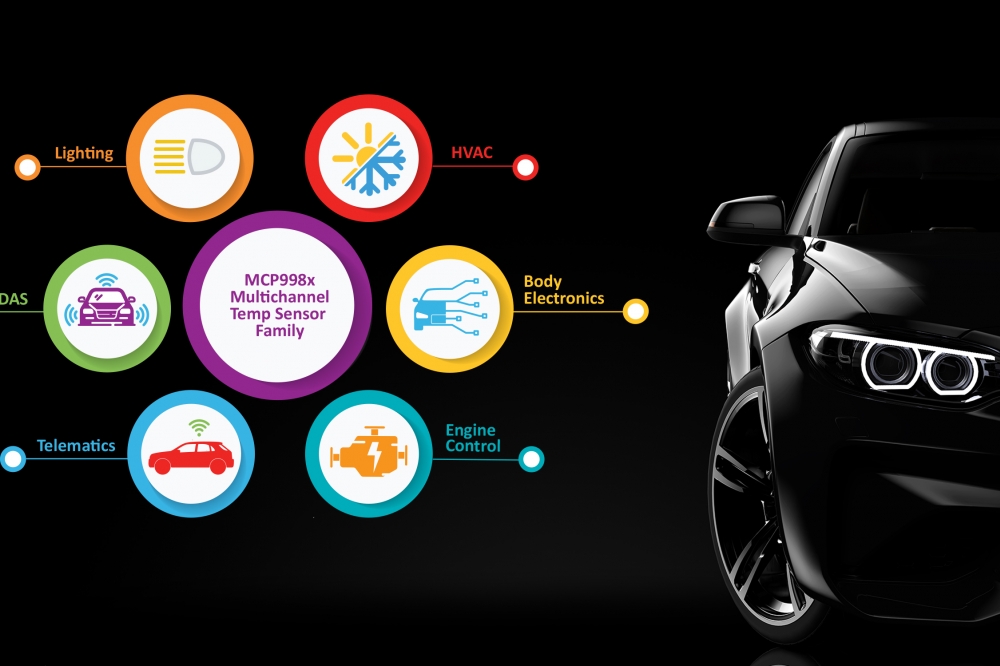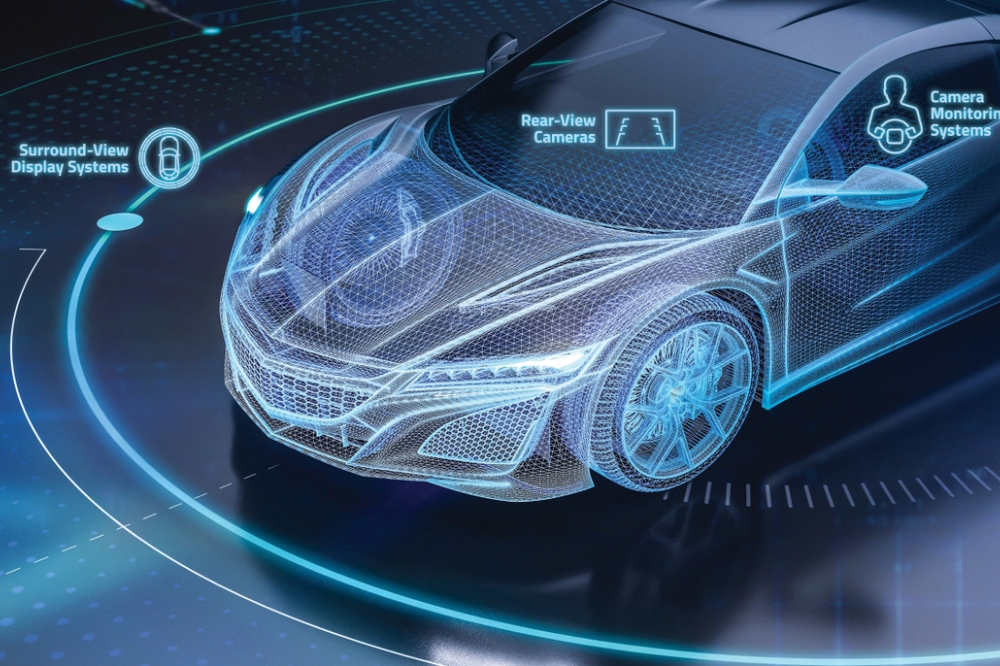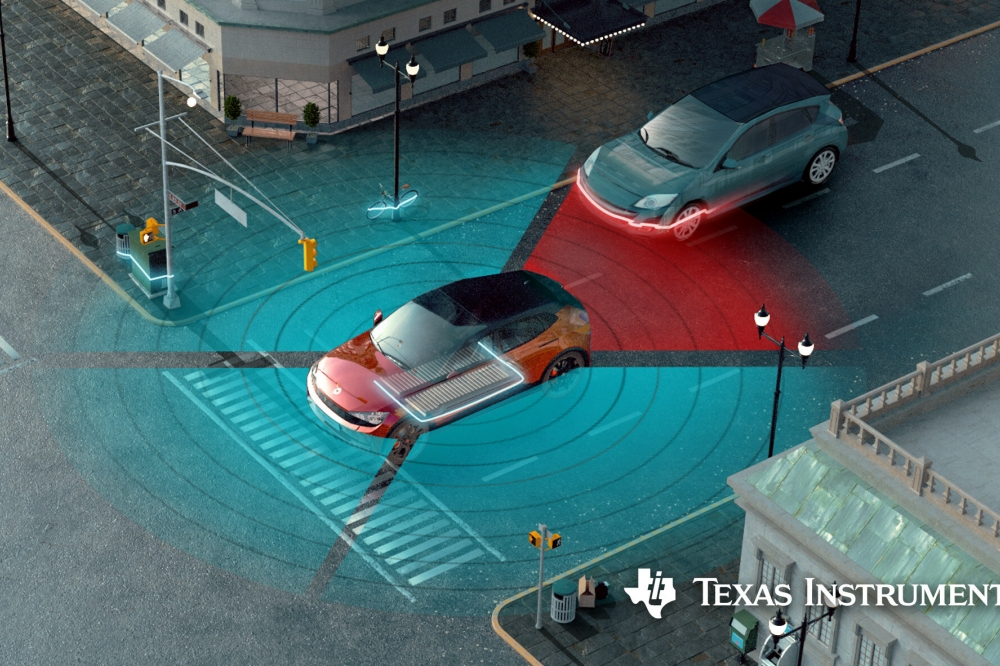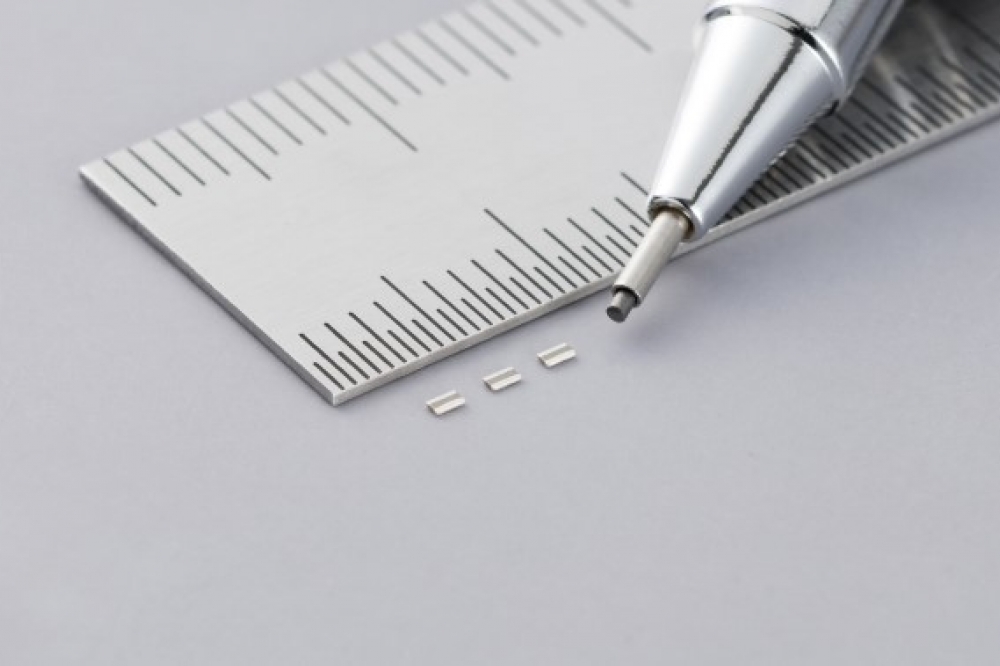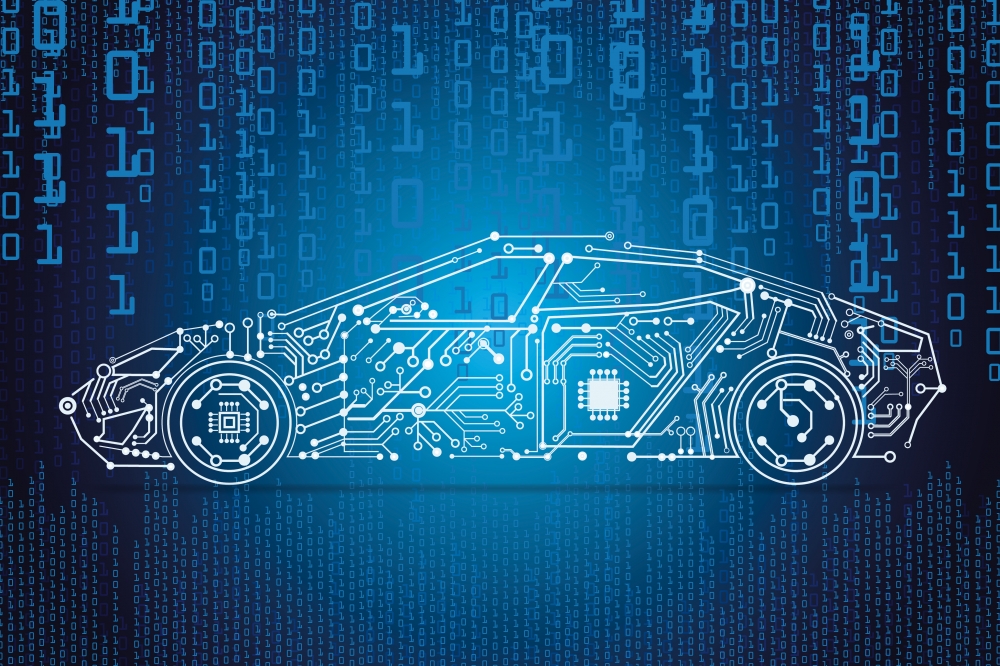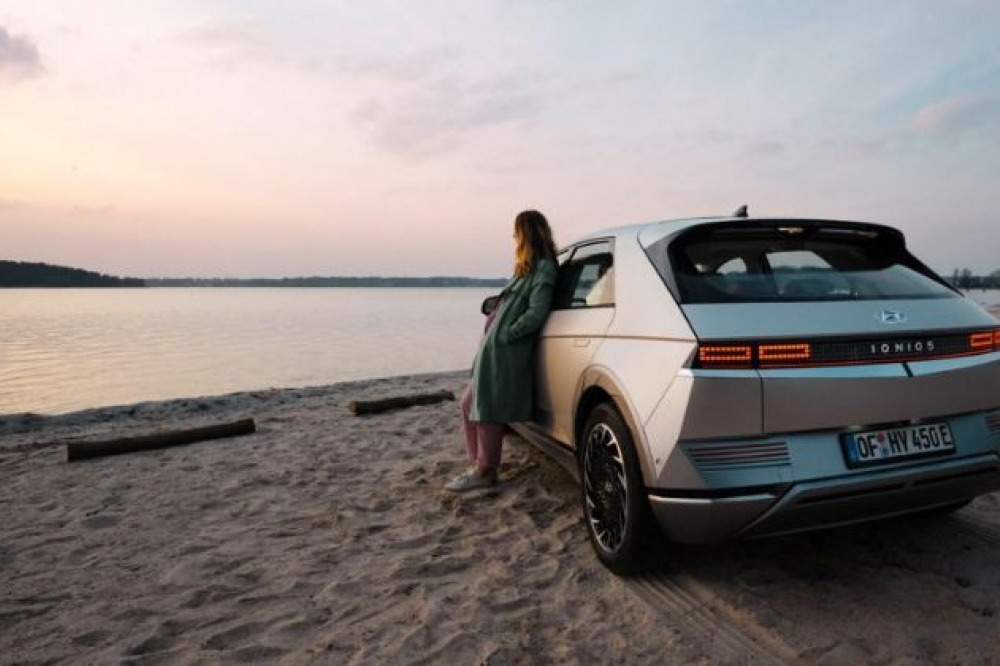Bosch to highlight its future mobility solutions at IAA 2019
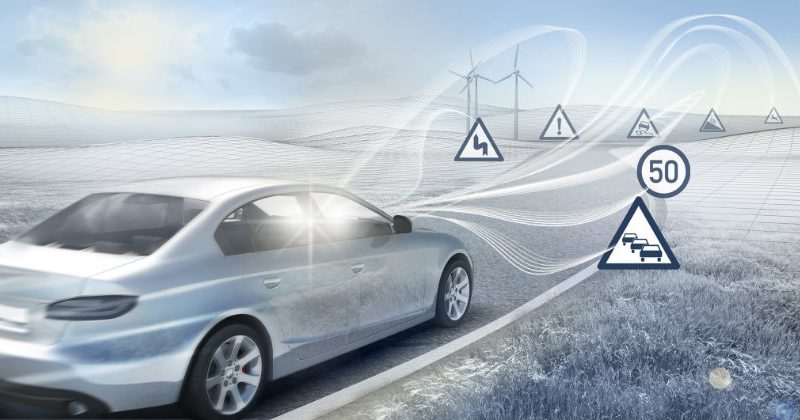
At the IAA 2019, Bosch will be showcasing its latest solutions for personalised, automated, connected, and electrified mobility.
In the future, driverless shuttles will be a common sight on city streets around the world – whether they are transporting goods or people. Thanks to their electrical powertrains, the shuttles will glide through city centres and be seamlessly connected with their surroundings. Bosch technology for automating, electrifying, personalising, and connecting can be used in these sorts of shuttles.
Electrical powertrains, steering systems, brakes – Bosch has all the building blocks of electromobility in its portfolio. As part of a development partnership with the chassis and automotive technology expert Benteler, the company is demonstrating how all Bosch products for electric vehicles can be integrated with one another. The rolling chassis showpiece is, among other things, helping Bosch to strategically refine products to meet such requirements.
Mobile fuel cells offer long ranges, short refuelling times, and – with hydrogen produced using renewable energy – emissions-free vehicle operation. Together with the Swedish company Powercell, Bosch plans to commercialise a fuel-cell stack. In addition to the stack, which converts hydrogen into electrical energy, Bosch is developing all the essential system components to a production-ready stage.
Bosch 48-volt systems offer entry-level hybridisation for all vehicle classes by providing an auxiliary motor to assist the internal-combustion engine. The technology stores braking energy from recuperation and makes it available during acceleration. This reduces fuel consumption and CO2 emissions by up to 15%. Bosch offers all the system’s major components.
Electric vehicles and plug-in hybrids make mobility possible with zero local emissions. Bosch helps vehicle manufacturers design these kinds of powertrains and supplies the necessary systems. The e-axle combines the power electronics, electric motor, and transmission into a single unit. The efficiency of this compact module has been further optimised for greater range.
Bosch uses intelligent thermal management to increase the range of electric and hybrid vehicles. Precise distribution of heat and cold improves the efficiency of the battery and ensures that all components are working within their optimum temperature range. The thermal-management system also delivers a pleasant temperature inside the vehicle.
Air monitoring stations are big and expensive and they measure air quality only at a few selected points. Bosch’s air-pollution measurement system consists of compact boxes which can be flexibly distributed around cities. They measure particulate matter and nitrogen dioxide as well as temperature, pressure, and humidity in real time. Bosch creates an air-quality map on the basis of these measurements and uses it to advise cities on traffic planning and management.
Electrified mountain bikes are currently the strongest-growing segment of the eBike market. The new Bosch Performance Line CX drive system is optimised for sporty cycling and features a compact profile. Its freewheel clutch makes riding feel natural even without motor assistance.
Safety, efficiency, traffic flow, time – automation is one of the keys to many challenges of tomorrow’s mobility. Not only does Bosch have a broad portfolio of driver assistance systems, but the company also systematically develops its systems, components, and services further with a view to partial, highly, and fully automated driving.
Bosch and Daimler have installed the automated valet parking system in the Mercedes-Benz Museum parking garage in Stuttgart. It is the world’s first driverless (SAE Level 4) parking function to be officially approved. The automated valet parking service is activated via a smartphone app. As if guided by an invisible hand, the car parks itself without a safety driver.
The front camera combines image-processing algorithms with AI methods. In congested urban traffic, it can for example recognise and classify partially obscured or crossing vehicles, pedestrians, and cyclists quickly and reliably. This allows the vehicle to trigger a warning or emergency braking.
The latest generation of Bosch radar sensors are even better at capturing the vehicle’s surroundings – including in bad weather or poor light conditions. Their greater detection range, wide aperture, and high angular resolution mean automatic emergency braking systems can react more reliably.
Bosch has developed a sensor that allows automated vehicles to precisely determine their position: the VMPS vehicle motion and position sensor. This enables automated vehicles to determine their exact position in the lane while driving. The VMPS uses global navigation satellite system (GNSS) signals supplemented with data from a correction service as well as from steering-angle and wheel-speed sensors.
Bosch is continuing to refine the connected horizon. Automated driving requires ever more precise information in real time about the road ahead – for instance danger spots, tunnels, or the angle of bends. The connected horizon uses highly accurate map data to provide the vehicle with this kind of information safely and reliably.
Electric power steering is one of the keys for increasingly automated driving. Thanks to its multiple redundancies, Bosch’s electric steering system offers additional safety. In the rare event of an error, it can still maintain at least 50% of the electric steering functionality in conventional and autonomous vehicles.
Bosch connected mobility makes life easier for road users while increasing safety, convenience, and driving enjoyment. Operation is simple thanks to intuitive human-machine interface (HMI) solutions. A range of services tailor mobility to individual needs.
Bosch’s new 3D display creates a convincing three-dimensional effect in the vehicle cockpit that both drivers and passengers can see. This improves visualisation to assistance systems, for example the reversing camera. Drivers enjoy an even clearer overview of relevant information, such as the distance to obstacles or vehicles.
The Bosch keyless access system works with a virtual key stored on a smartphone. The system enables drivers to automatically unlock their vehicle, start the engine, and lock the car again. Sensors installed in the car recognize the owner’s smartphone as securely as a fingerprint and open the vehicle only for them.
Without semiconductors, modern vehicles would simply grind to a halt – and Bosch is the leading supplier of chips to the automotive industry. Bosch chips help navigation systems when the GPS signal is interrupted, for instance, and they keep driving behavior steady. These chips also turn off the power in electric cars in the event of an accident to protect occupants and enable the emergency services to do their job safely.
Connected and automated driving is possible only if vehicles communicate with each other and with their surroundings. However, no uniform global technical basis for vehicle-to-everything (V2X) data exchange has yet emerged. Bosch’s hybrid V2X connectivity control unit is technology-neutral and can communicate via Wi-Fi as well as cellular networks. This means vehicles can warn each other of hazardous situations.
Increasing electrification, automation, and connectivity are placing ever higher demands on automotive electronics. Bosch is developing the necessary secure, powerful control units, known as vehicle computers, and putting them to work for the powertrain, in automation, and for infotainment.
Bosch’s new cloud services increase the service life of batteries in electric cars. Smart software functions analyse the status of the battery based on real-time data from the vehicle and its surroundings. It recognises stress factors for the battery, among them high-speed charging and multiple charge cycles. On the basis of the data collected, the software then calculates measures to counter cell aging, such as optimized recharging processes.
Rain, snow, and ice change the road’s surface grip, or friction coefficient. To let automated vehicles know how they need to adapt their driving behavior to current conditions, Bosch has developed its cloud-based road-condition services. Information about weather, road-surface characteristics, and surroundings as well as the expected friction coefficients are passed on to connected vehicles via the cloud in real time.
Microsleep, distractions, or a forgotten seatbelt: what happens inside a vehicle can have far-reaching consequences. The Bosch interior monitoring system, which is optionally available in both single- and multi-camera configurations, recognises critical situations in a matter of seconds and warns the driver. This means increased safety.
Bosch to highlight its future mobility solutions at IAA 2019
Modified on Tuesday 30th July 2019
Find all articles related to:
Bosch to highlight its future mobility solutions at IAA 2019


 Add to my Reading List
Add to my Reading List Remove from my Reading List
Remove from my Reading List